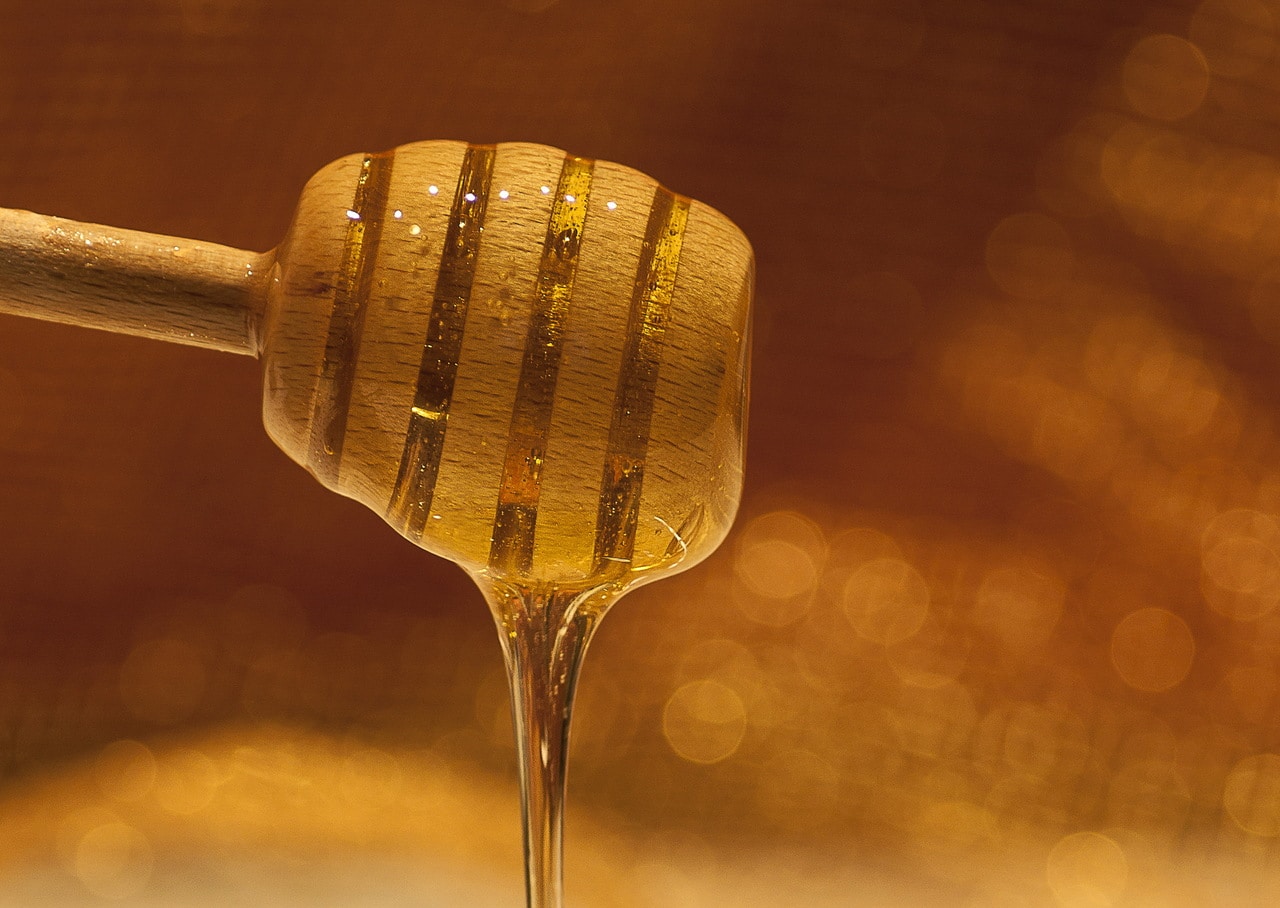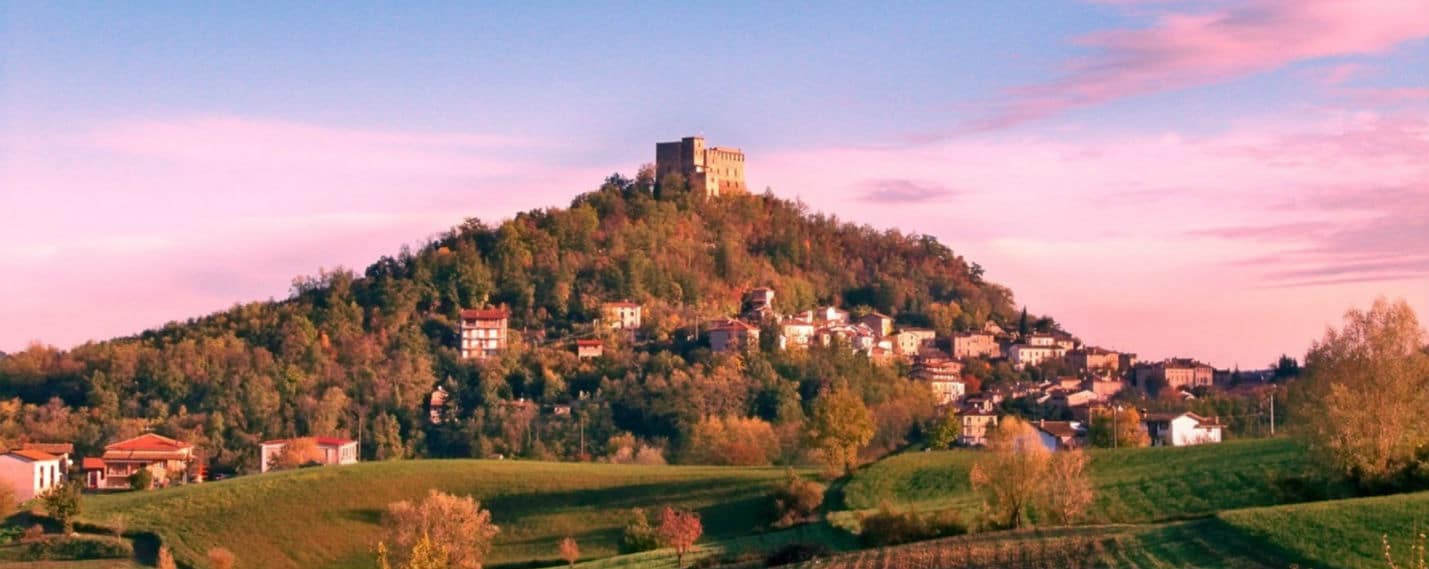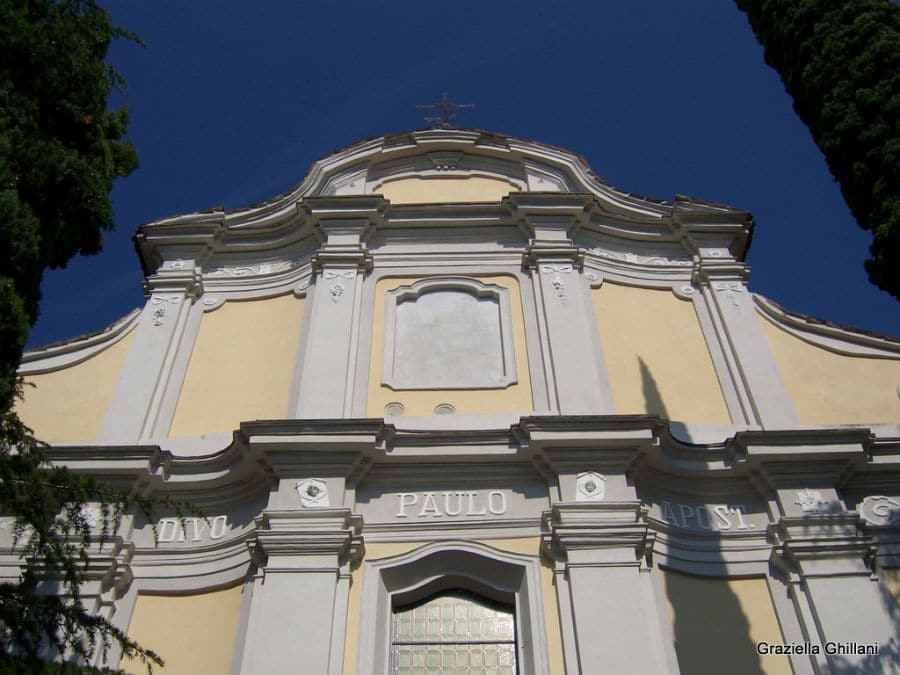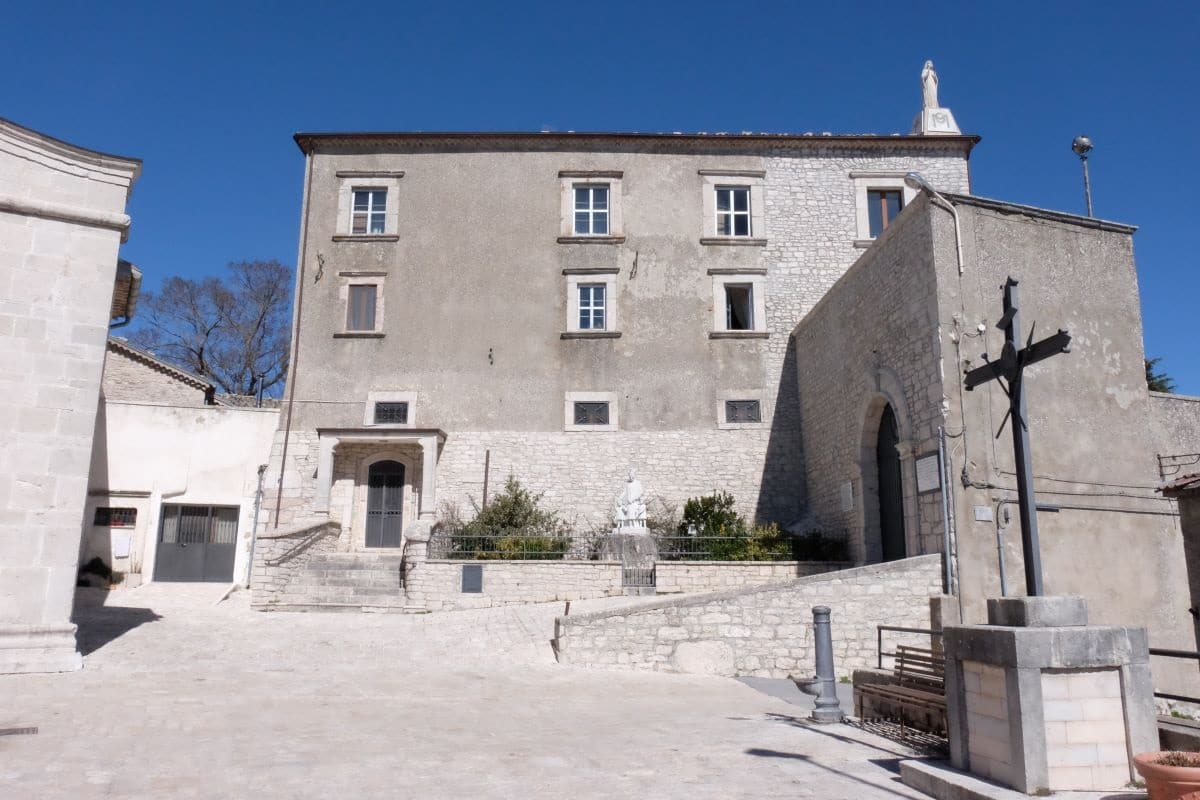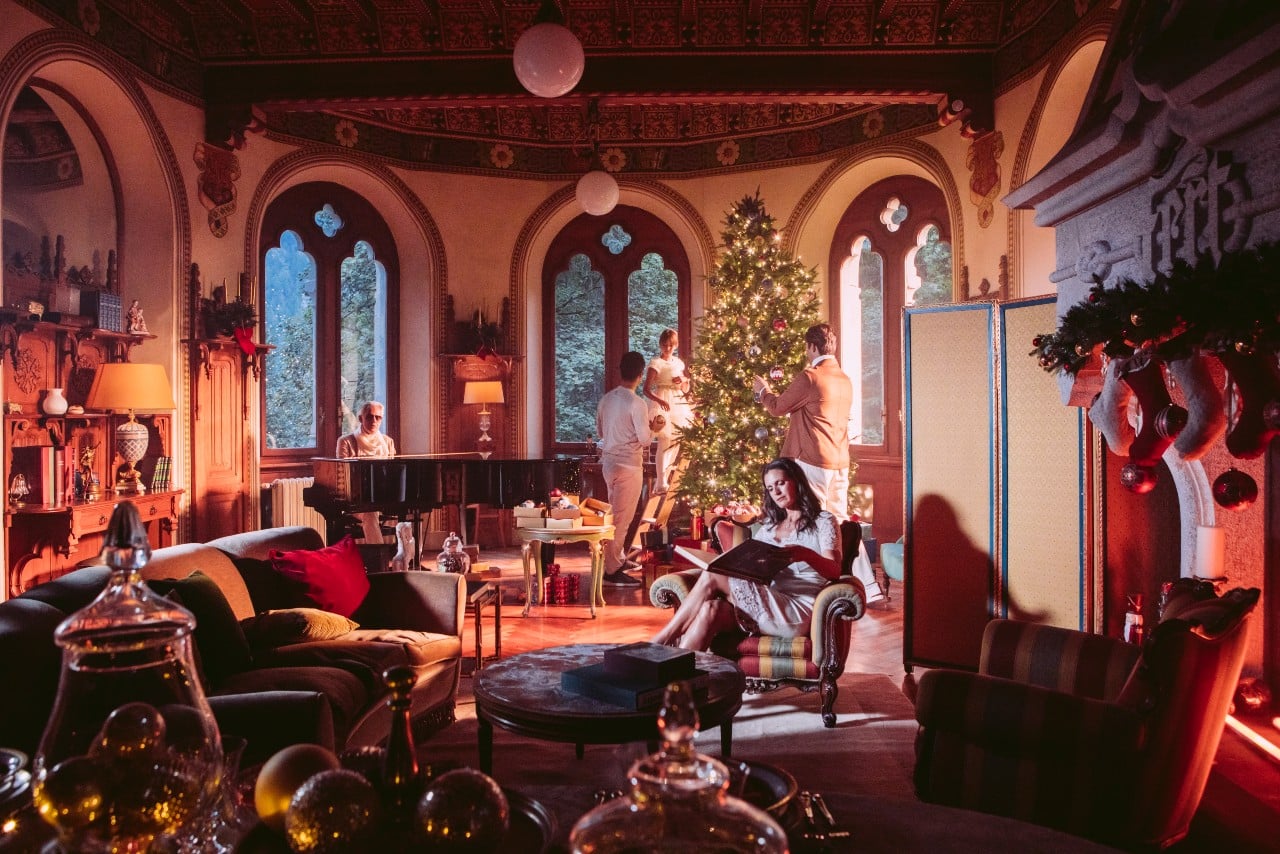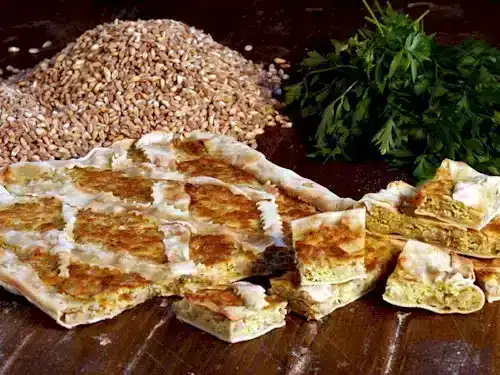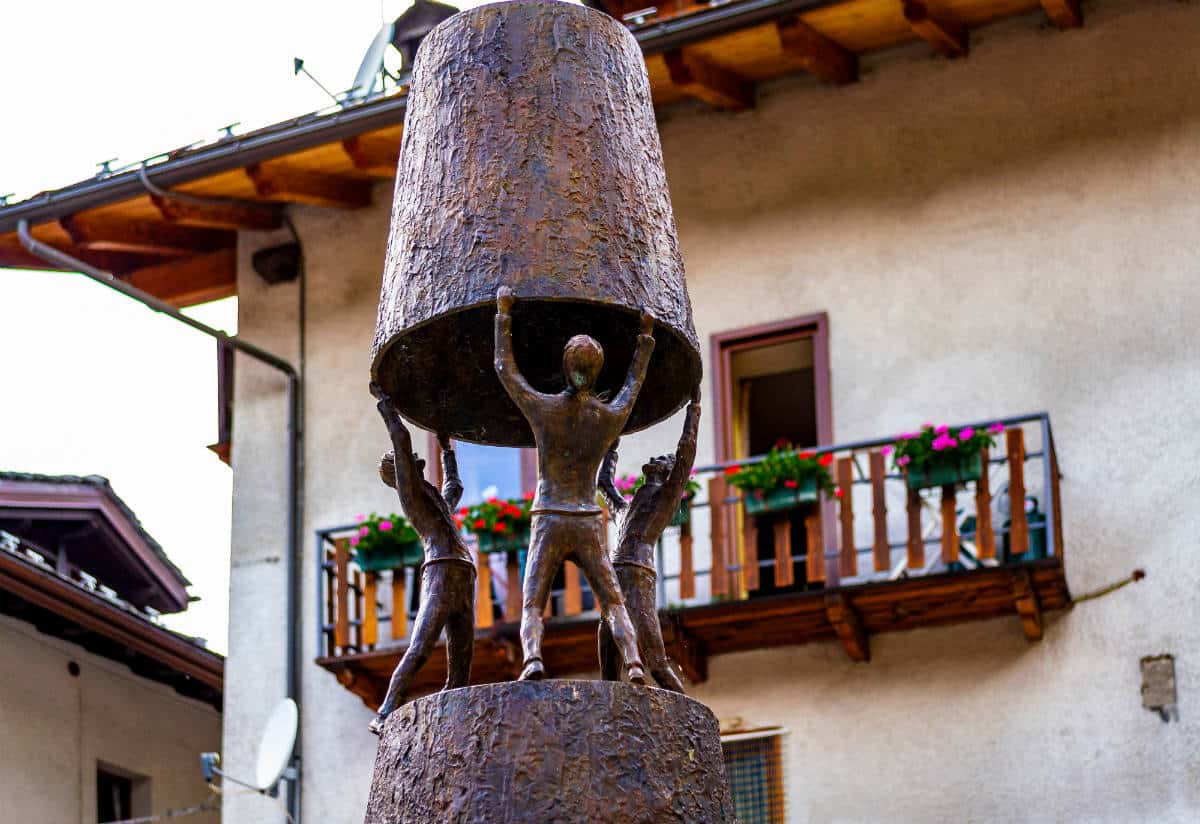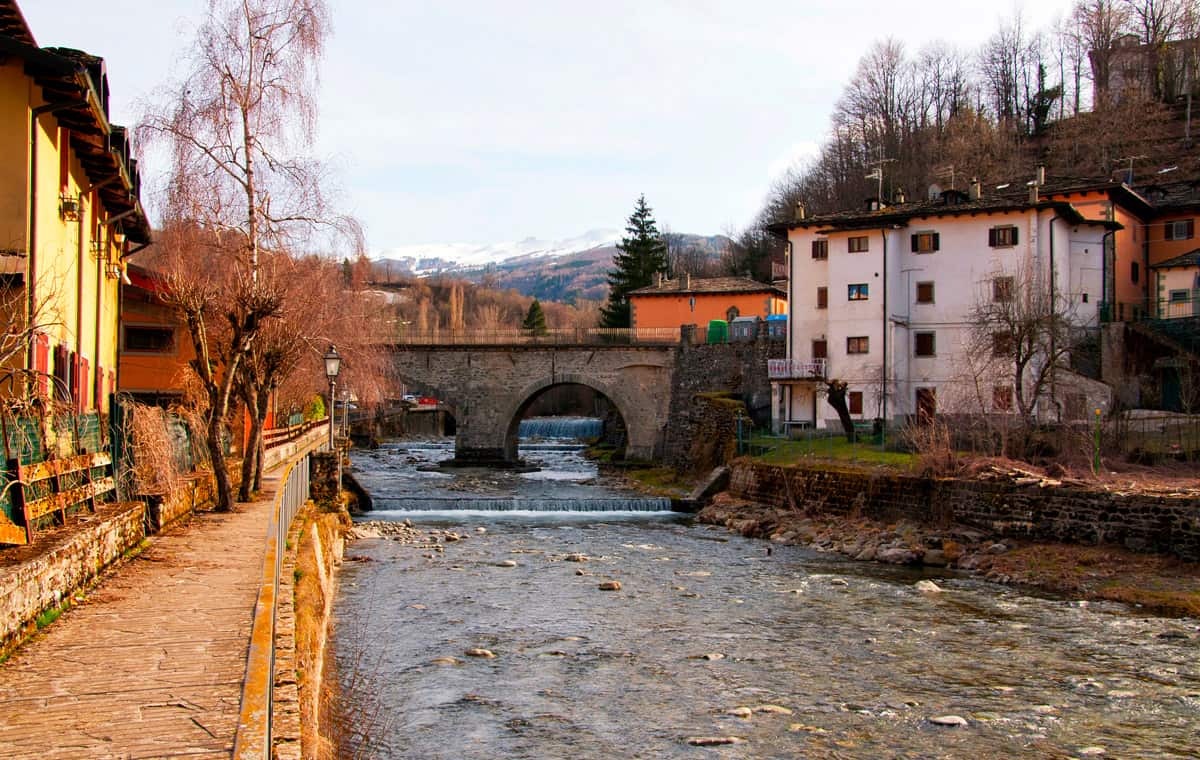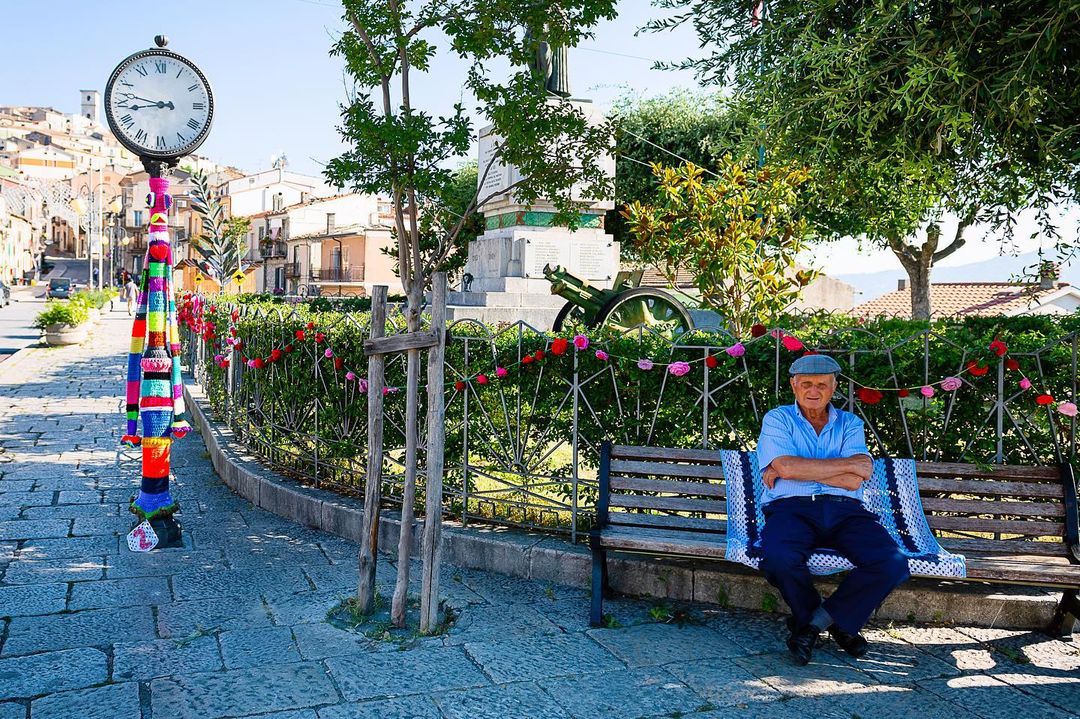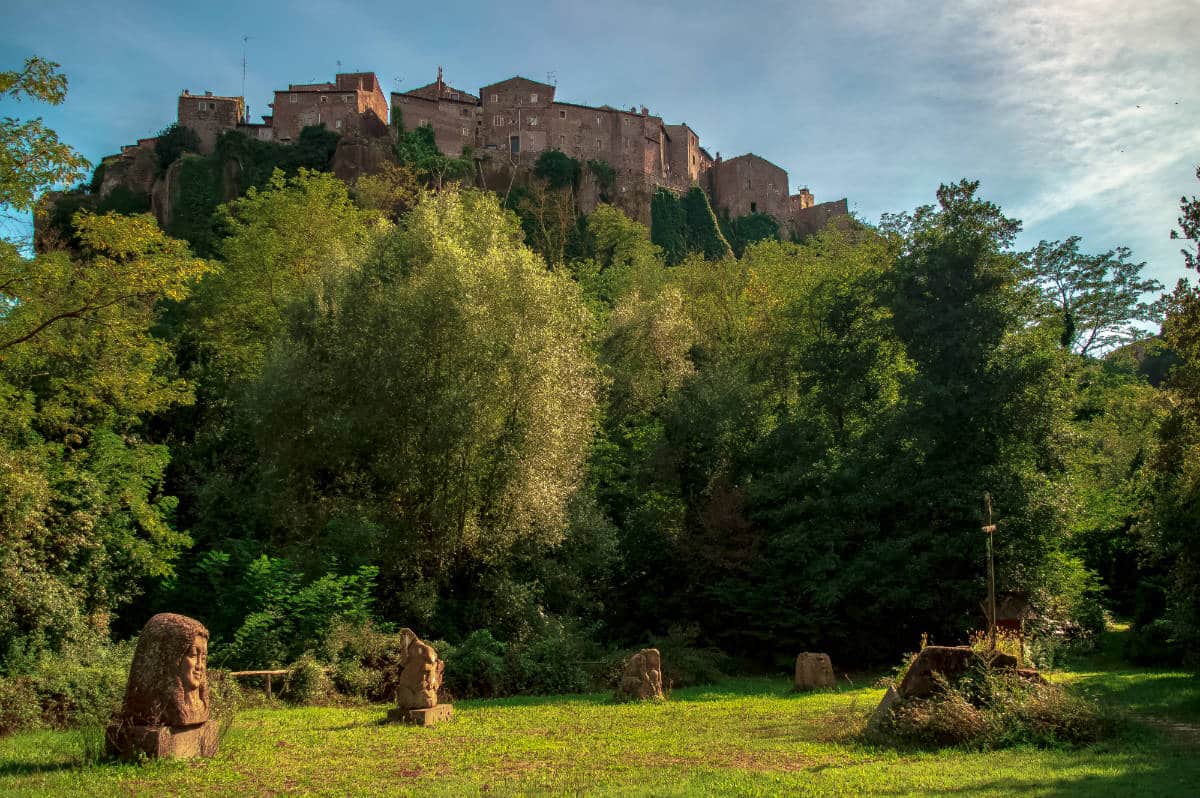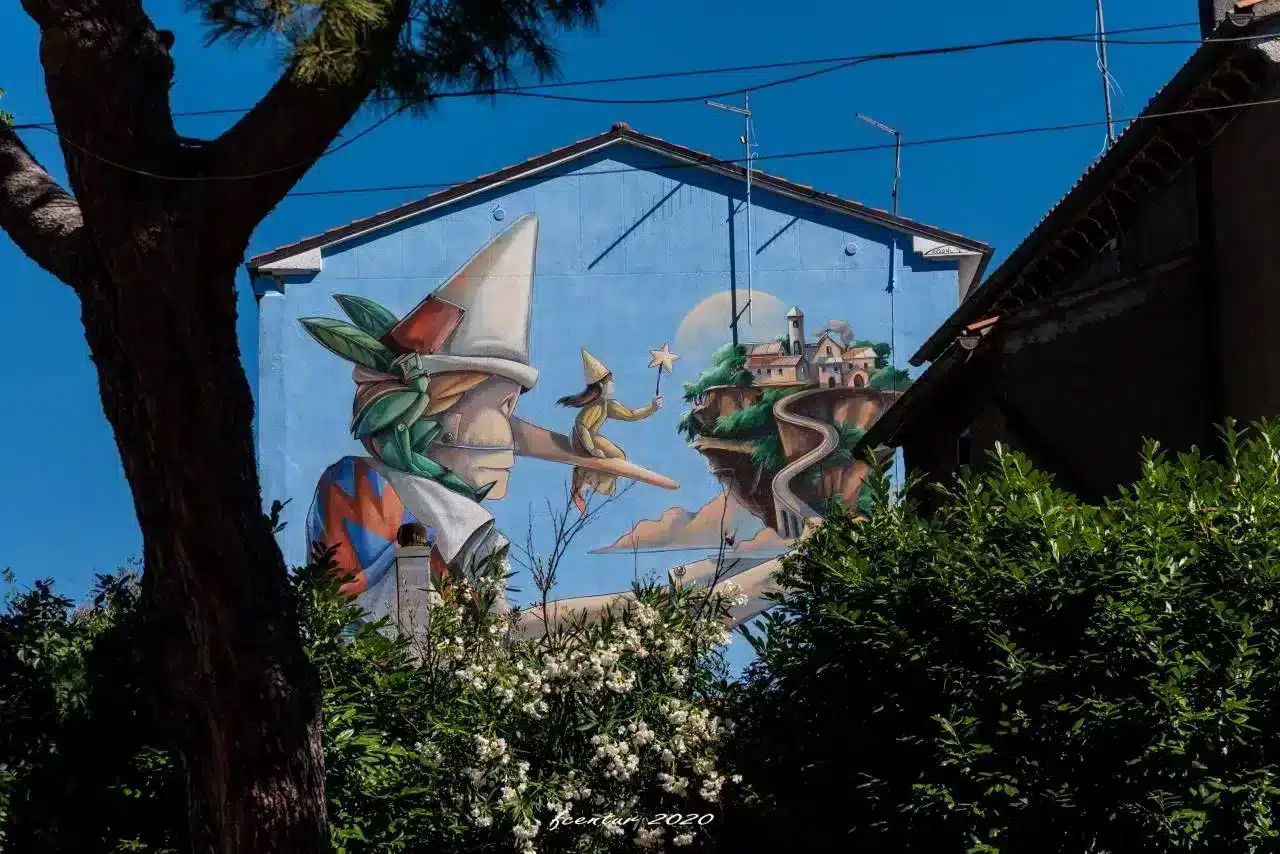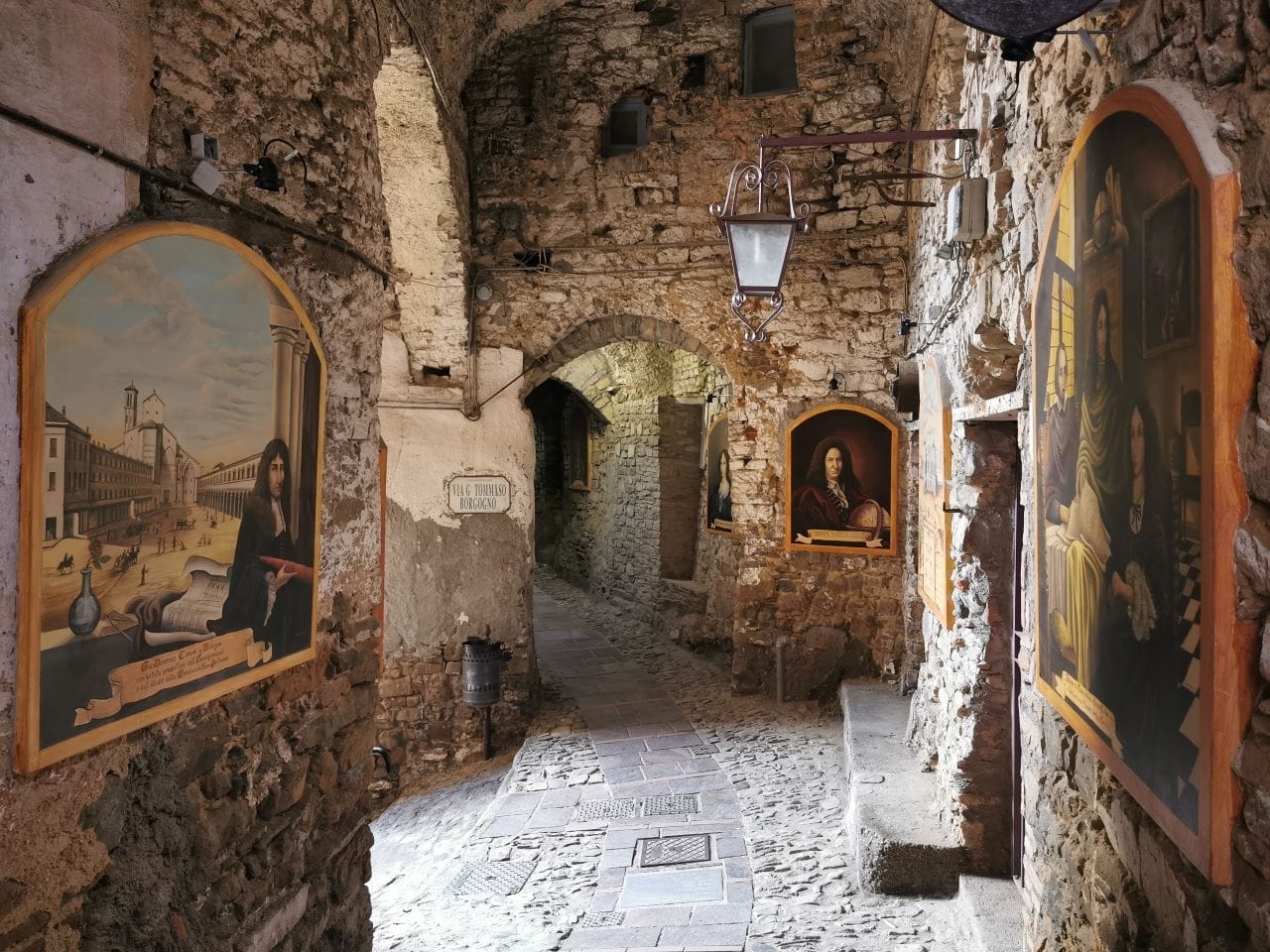Ph. lorenik/flickr
A castle cloaked in gloomy legends, a lush park and many bees: these and many others are the ingredients that make up the soul of this village of Pavia located in the heart of the lush and unspoiled Val Tidone.
In Zavattarello time stopped when the streets of the village resounded with the sounds of the cobbler who made shoes or the beekeepers who produced the tasty honey that still makes Zavattarello famous throughout Lombardia and beyond.
Zavattarello, the “City of Honey”
The first news of Zavattarello, in the Oltrepò Pavese, date back to 971-972 when Ottone I donated the feud to the monastery of San Colombano in Bobbio. In 1169 the Landi family took over and remained in power for almost two centuries, until the bishop of Bobbio in 1385 gave the village to the Dal Verme family. Just Luigi Dal Verme, in the 19th century, started the production of honey from his own Castle, the main symbol of the village and surrounded by a beautiful park of about 80 hectares. The honey produced by the Count was so successful that, proposed in the numerous consortia at national level, it was immediately so successful that it received numerous awards already in 1869.
However, the passion for beekeeping was not lost with the death of Luigi Dal Verme, but was inherited by his nephew Luigi who worked hard not only for the birth of a society of beekeeping: the man in fact inaugurated a real modern decalogue that is still strictly followed today by all the beekeepers of Zavattarello.
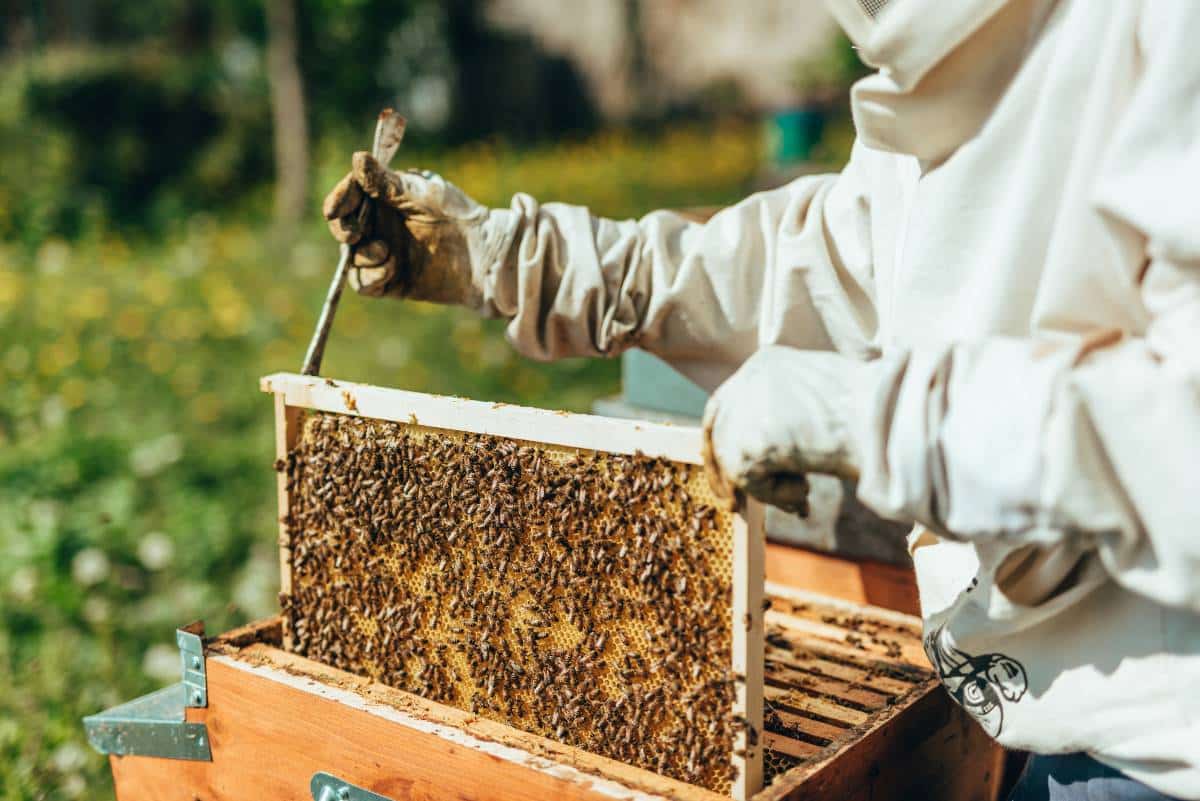
The Septembrina Festival of Mushroom and Honey allows you to know and taste not only the precious fruits of the undergrowth but also the so-called “nectar of the gods”, Zavattarello’s real pride: the local honey is a tasty and pure product that has even won the Goccia d’Oro prize, so coveted by the beekeepers of Italy.
It should be remembered that in 2015, “Honey of Zavattarello-Associazione Apicoltori Oltrepò Montano” was born: this body includes as many as 46 members who are committed to producing honey according to a rather strict specification, with the aim of preserving the specificity of the place. These producers manage about 350 hives, but above all they preserve a Fertilization Station of the Ligustic Bee, belonging to the honey bee family considered essential for the preservation of the Oltrepò Pavese ecosystem.
The passion for honey has led this Association to the creation in 2018 of a prize called “L’Oro di Zavattarello”, for the best unpublished writings about the industrious bees.
What to see in Zavattarello
The historical center of Zavattarello, called Su Di Dentro, preserves its picturesque medieval structure partly surrounded by walls. Among palaces and stone houses stand out some religious buildings such as the fourteenth-century Oratory of San Rocco with inside paintings linked to the Way of the Cross and a beautiful wooden altar of the ‘400. At the Pieve di San Paolo it is possible to admire precious reliquaries, ancient paintings and a seventeenth-century altar in precious wood placed in the apse. At the back of the Parish Church there is a small octagonal cemetery built at the behest of Carlo Alberto di Savoia: it is here that the Dal Verme Family Chapel stands, which has left a great mark on the history of Zavattarello.
Those who want to know the most ancient face of the village should visit the Museo Magazzino dei Ricordi di Bruni Virgilio (Warehouse Museum of the Memories of Bruni Virgil): inside there are reconstructed period rooms such as the farmer’s house, the school, the barber’s store, the farrier’s store, the tailor’s store and obviously the shoemaker’s store (the name of the village derives from the word savatte, that is ciabatta).

Museo Magazzino dei Ricordi di Bruni Virgilio – Photo by zavattarello.org
The symbol of Zavattarello is undoubtedly the Castle, born in the tenth century and object of numerous disputes over the centuries until, in 1390, it passed definitively into the hands of the Dal Verme family. A visit to the Castle of Zavattarello means to immerse yourself in environments full of history and atmosphere such as the prisons dug in the bare rock, the stands, the stables, the church, the kitchens, the Hall of Parties and Music, the Baroque Bedroom and the beautiful Hall of Arms.
The Museo di Arte Contemporanea Giuseppe e Titina Dal Verme, on the other hand, displays a series of works by local artists, the ceramics by Luciana Magrini, the sculptures by Gambuzzi and the works by Giuseppe Dal Verme, complete with oil paintings and watercolors narrating the artist’s travels: the most precious work, however, is the painting of the Marquise Maddalena Gentile with her children, by Mulinaretto dating back to the 17th century.



